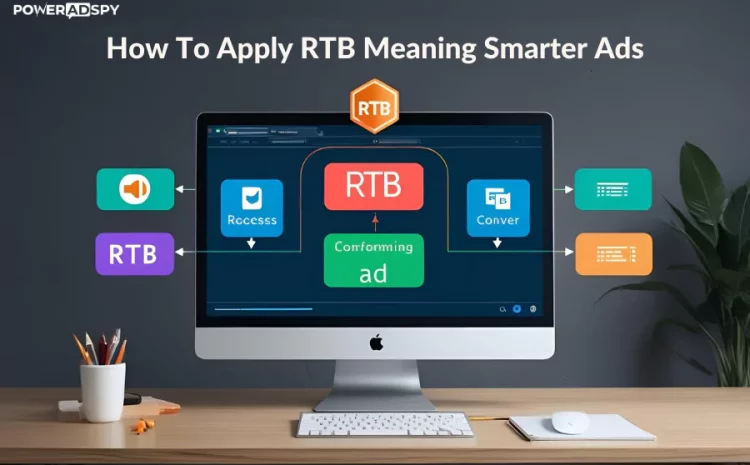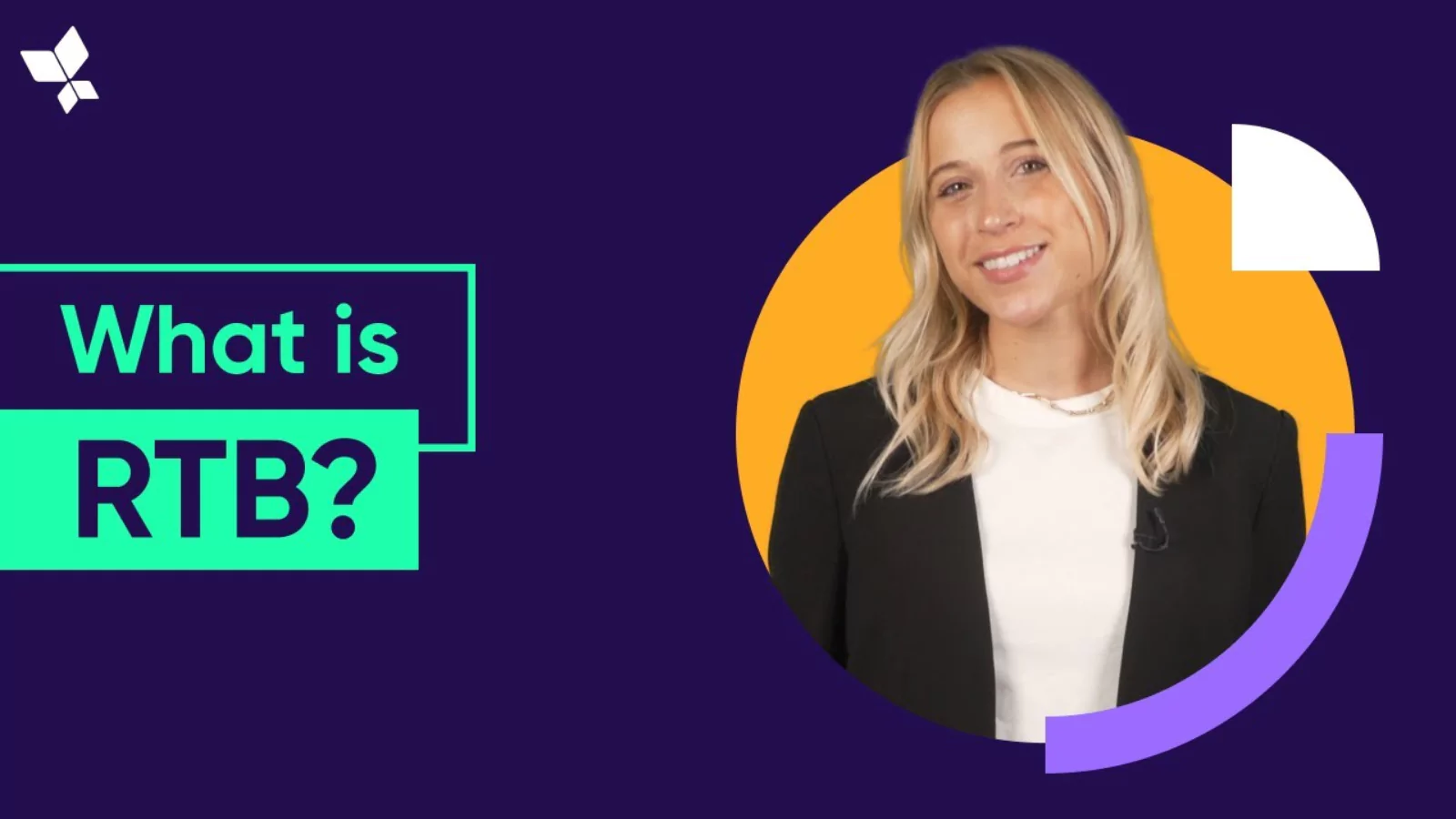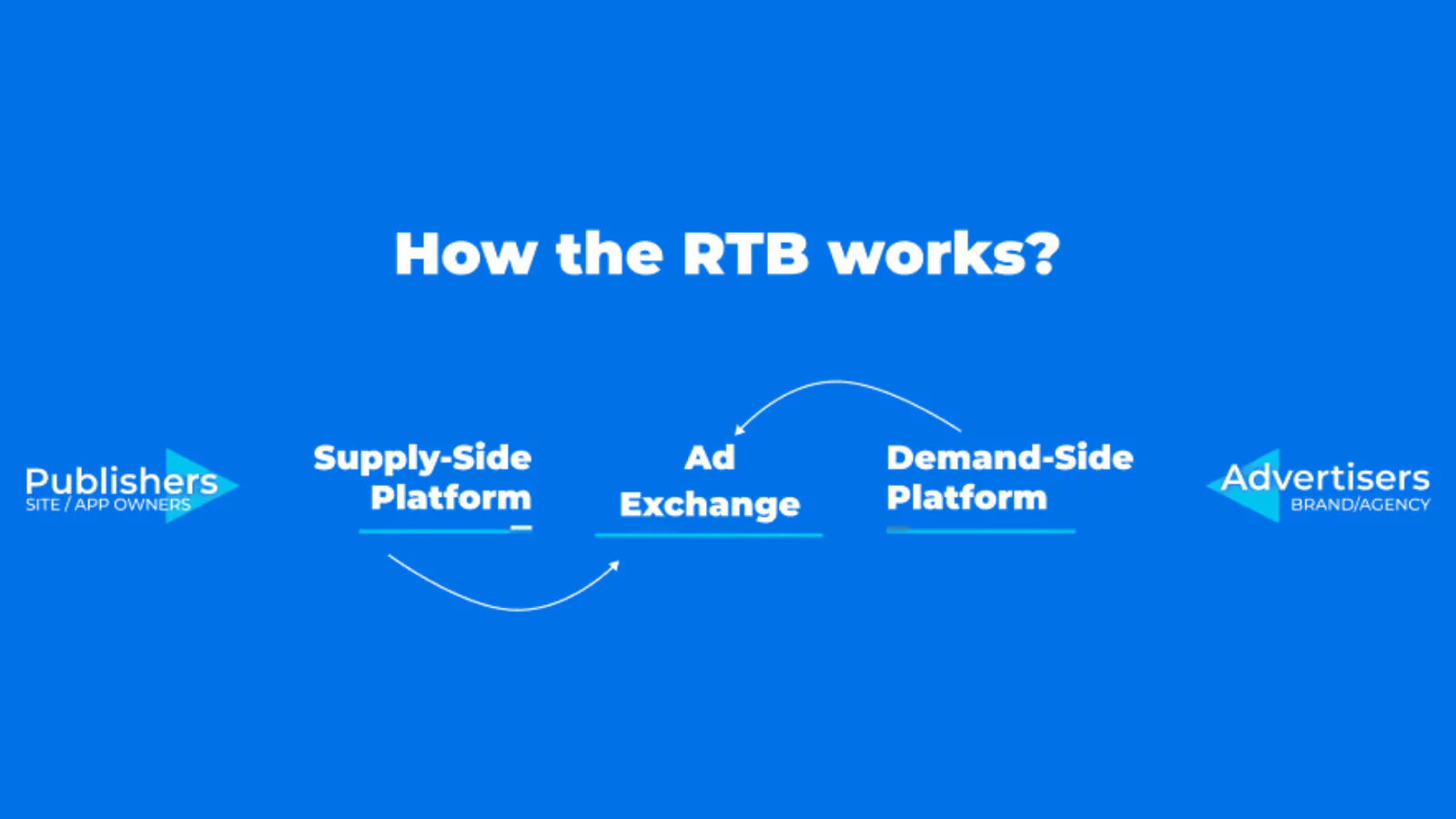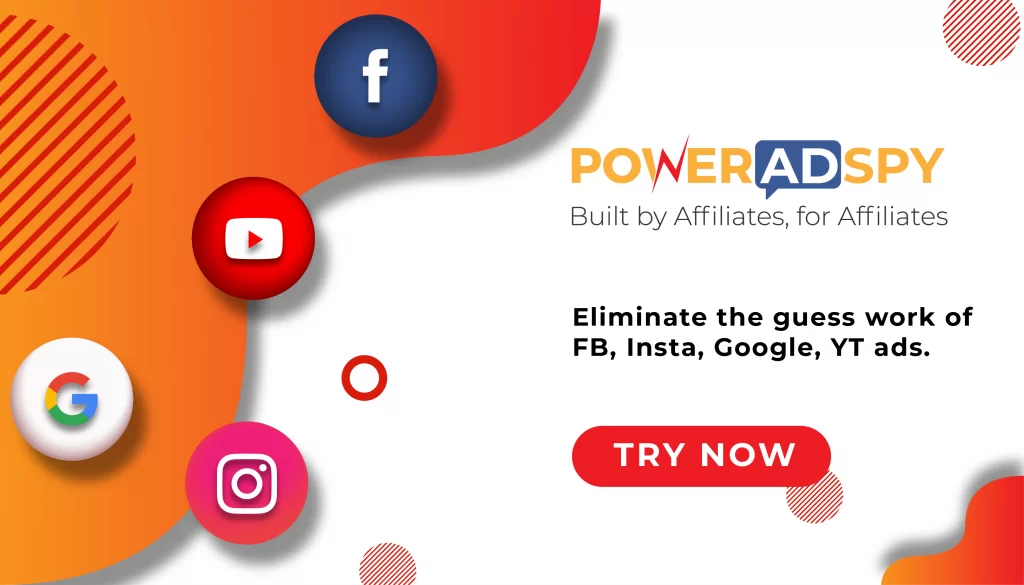How To Apply RTB Meaning For Smarter Ads In 2025?
In an era where every online interaction counts, advertisers rely on a mechanism that connects consumers with relevant offers in just fractions of a second. At the core of this mechanism lies a concept whose significance cannot be understated—RTB meaning. From personalized product promotions to targeted service notifications, understanding RTB meaning is essential for anyone serious about digital advertising. This guide invites you to explore how ad space’s automatic buying and selling transcends traditional practices and empowers advertisers with data-driven strategies.
Digital campaigns have become more than simply putting ads online. They are about precision and timing, rooted in how technology interfaces with consumer behavior. In the context of today’s advertising practices, the idea encapsulated by RTB guides decisions that lead to higher relevance and better engagement. In this article, we break down this concept and travel step by step through its features and benefits. Let’s begin our journey by answering a fundamental question for advertisers: What is RTB? Alongside our detailed discussion, we will hint at the following sections as we explore each facet of real-time bidding.
In a hurry? Listen to the blog instead!
What Is RTB?
For many marketing professionals, “What is RTB?” has become a common starting point when rethinking ad strategies. At its simplest, Real-Time Bidding (RTB) is the automated process that occurs within milliseconds to buy and sell ad inventory. This process ensures that ads are shown to specific audiences precisely at the right moment. For those curious about this mechanism, note that our discussion of RTB’s meaning in this section seeks to clarify this automated auction process.
By exploring this concept, we learn that RTB’s meaning goes far beyond simple bidding. It represents a shift from traditional bulk ad placements to an approach that prioritizes precision and immediacy. The industry now asks, What does RTB stand for? In practical terms, it means shifting from broad approaches to data-fueled decisions that consider the nuances of consumer behavior.
This foundational idea paves the way for a deeper understanding of why advertisers and brands worldwide invest in automated systems. As we transition to the next section, take a moment to consider that every time an ad appears exactly when you need it, the core principles of RTB are at work, setting the stage for a whole new era in advertising
Why RTB Advertising Is Dominating Campaigns?
The steady expansion in digital advertising budgets can be attributed to a transformative element inherent in RTB meaning. Today, advertisers increasingly adopt automated methods to achieve results. This growth reflects not only a technological breakthrough but also an operational revolution—a change that has led to a marked improvement in ad performance. Many marketers ask, “What does RTB stand for?” but here, it is about measurable impact.
An analysis of advertising spending reveals that the efficiency and precision that define RTB meaning are key reasons behind its booming popularity. Rather than relying on traditional placements, advertisers now appreciate how well-optimized bidding mechanisms focus on users most likely to engage. This nuanced targeting translates directly into a reduction of wasted spend—a crucial advantage.
As we transition forward, consider that the strategic use of automated auctions is just the beginning. In the subsequent section, we delve into how these auctions work behind the scenes, providing insights into the step-by-step process that embodies the core of RTB meaning.
The RTB Process: From Bid Request To Ad Display
The machinery behind Real-Time Bidding is both fascinating and intricate. At its core, the process encapsulates the very essence of RTB meaning precision in action. When a user loads a webpage, rapid communication takes place between publishers and advertisers. The journey begins with a bid request sent by the publisher’s supply-side platform (SSP), which reaches multiple demand-side platforms (DSPs) of potential advertisers. Within milliseconds, bids are placed, and the highest bid wins.
While brief, this process perfectly illustrates RTB’s meaning. Every single ad impression is the result of this dynamic process, ensuring that consumers are matched with products or services that align with their interests. It is important to note that speed, accuracy, and relevancy are the three pillars that uphold the concept behind RTB meaning.
By exploring this workflow in detail, we gain an appreciation for why advertisers are increasingly turning towards solutions that facilitate these lightning-fast decisions. In the next section, we shift focus to the tangible benefits of the process, underscoring how these characteristics translate into measurable business outcomes.
But before we dive into benefits, let us dive into a case study to have a better understanding.
Real-Time Bidding Case Study: How an eCommerce Brand Reduced Ad Spend by 28%
 To understand the practical impact of real-time bidding, let’s look at how a mid-sized fashion eCommerce brand optimized their ad strategy using RTB and competitor insights.
To understand the practical impact of real-time bidding, let’s look at how a mid-sized fashion eCommerce brand optimized their ad strategy using RTB and competitor insights.
The Challenge
The brand was spending aggressively on traditional display campaigns across Google Display Network but lacked real-time targeting and wasted impressions on cold audiences. Their Google competitor analysis revealed that similar brands were getting higher engagement and better ads conversion on Google with personalized targeting.
The Strategy
They decided to switch to a real-time bidding strategy using a Demand-Side Platform (DSP). Here’s how they refined their approach:
-
Audience segmentation based on purchase behavior, seasonality, and geo-targeting
-
Used Google display ads spy tools to analyze competitor creatives and targeting
-
Deployed dynamic creatives that adapted messaging based on user intent
-
Set bid caps and frequency limits for better cost control
The Results (Over 60 Days)
-
28% decrease in overall ad spend
-
39% increase in click-through rate (CTR)
-
22% uplift in return on ad spend (ROAS)
-
Improved visibility across niche platforms via native ad placements
Five Undeniable Benefits Of RTB Marketing
One of the most compelling reasons advertisers are turning to RTB marketing is its unmatched ability to connect brands with the right audience at the right moment. RTB is not just about bidding; it focuses on precision, adaptability, and strategy. Let’s explore five core benefits that reflect why RTB is becoming the gold standard for performance-driven campaigns.
Zero Wasted Spend
Unlike traditional methods where ad space is purchased in bulk, RTB advertising ensures that every impression counts. Advertisers bid on placements that match their targeting criteria, such as demographics, interests, or devices. This level of control significantly reduces wasted spend, channeling your budget only toward the most promising prospects.
Audience Insights
One of the most important answers to the question “What does RTB mean?” lies in the data it generates. Each real-time auction provides valuable user behavior insights—what they’re browsing when they’re active and what they respond to. These patterns help marketers segment audiences more effectively and create content that resonates on a deeper level.
Flexible Budgeting
What is RTB if not a solution for scalable advertising? Campaigns can begin with minimal investment and still deliver impactful results. Since advertisers can pause, adjust, or scale based on live performance, even smaller brands can run highly targeted campaigns without overspending—making this model a go-to for flexible and agile marketers.
Cross-Platform Reach
Whether users are scrolling on mobile, browsing on desktop, or streaming on smart TVs, RTB in marketing allows your message to meet them where they are. This cross-platform consistency ensures the brand stays visible and relevant across all digital touchpoints, enhancing recall and driving conversions.
Transparent Analytics
One of the standout features of RTB meaning marketing is the ability to track every ad impression in real-time. Marketers get full visibility into where their ads are shown, how much each impression costs, and what kind of results they’re generating. This transparency empowers better decision-making and ongoing optimization.
Understanding these benefits helps clarify what is RTB in marketing from both a strategic and an execution standpoint. But theory alone isn’t enough—what brings it all to life is seeing how these elements drive real performance.
Now, you know the benefits, RTB also comes with some challenges. Let us dive into that.
Top RTB Challenges & How Advertisers Overcome Them
While real-time bidding offers precision and efficiency, it also comes with its own set of challenges. Understanding these hurdles—and how top-performing advertisers overcome them—is key to running profitable RTB campaigns.
1. Latency Issues
The Challenge:
In RTB, decisions must be made in milliseconds. However, delays in data processing or poor platform integration can cause latency, resulting in missed bidding opportunities or poorly timed ad impressions.
The Fix:
Advertisers use high-speed demand-side platforms (DSPs) with optimized algorithms and low response time. Caching frequent bid responses and simplifying ad creatives also help reduce load times significantly.
2. Bid Shading
The Challenge:
With first-price auctions becoming the standard, platforms use bid shading algorithms to help advertisers avoid overpaying. But when left unmonitored, bid shading can lead to inconsistent results and wasted budget.
The Fix:
Smart advertisers manually audit performance reports and pair bid strategies with insights from tools like PowerAdSpy, to fine-tune bids based on competitor benchmarks and market behavior.
3. Brand Safety Concerns
The Challenge:
RTB places ads across a vast inventory of sites, increasing the risk of appearing next to inappropriate or irrelevant content. That can hurt brand perception and credibility.
The Fix:
Advertisers set strict inventory filters, use private marketplaces (PMPs), and leverage brand safety integrations (e.g., IAS or DoubleVerify) to ensure their ads only appear in vetted environments.
4. Ad Fraud & Invalid Traffic
The Challenge:
Bots and fraudulent clicks can drive up costs while offering zero ad conversions on Google or any other ad network.
The Fix:
Fraud detection tools, combined with IP blacklisting and third-party verification services, help advertisers flag suspicious activity. Additionally, analyzing ad engagement data through Google competitor analysis tools provides early signals of performance drops.
5. Creative Fatigue
The Challenge:
With RTB constantly serving ads based on user activity, the same creative can quickly lose impact, reducing click-through and conversion rates.
The Fix:
Advertisers rotate creatives frequently and monitor engagement trends through spy platforms. Keeping tabs on competitor ad variations using Google Display Ads spy tools helps them stay fresh and ahead of the curve.
Real-World Applications And Success Stories
Understanding a concept in theory is one thing; witnessing its practical application is another. In the world of ad campaigns, the principles of RTB come to life through tangible examples. Consider a scenario where an e-commerce platform uses advanced targeting algorithms to remarket to visitors. This is a classic case of what RTB means when put into action—remarketing campaigns that recover potentially lost sales.
Similarly, travel apps leverage geo-targeted advertisements to serve users with timely offers as they near airports or hotels. These actions illustrate how the underlying principles of RTB meaning are harnessed to cater to specific audience needs. Real-life case studies, including a renowned clothing brand increasing conversions through dynamic ads, further reflect the potential locked within this system.
Each example demonstrates that the core of RTB meaning is centered on precision and efficiency. By capitalizing on data and automation, advertisers can craft messages that feel personal and timely. As our discussion deepens, we next look at the toolkit necessary to implement these strategies and the role of innovative software solutions in enhancing the process.
Tools & Solutions For Effective RTB Implementation
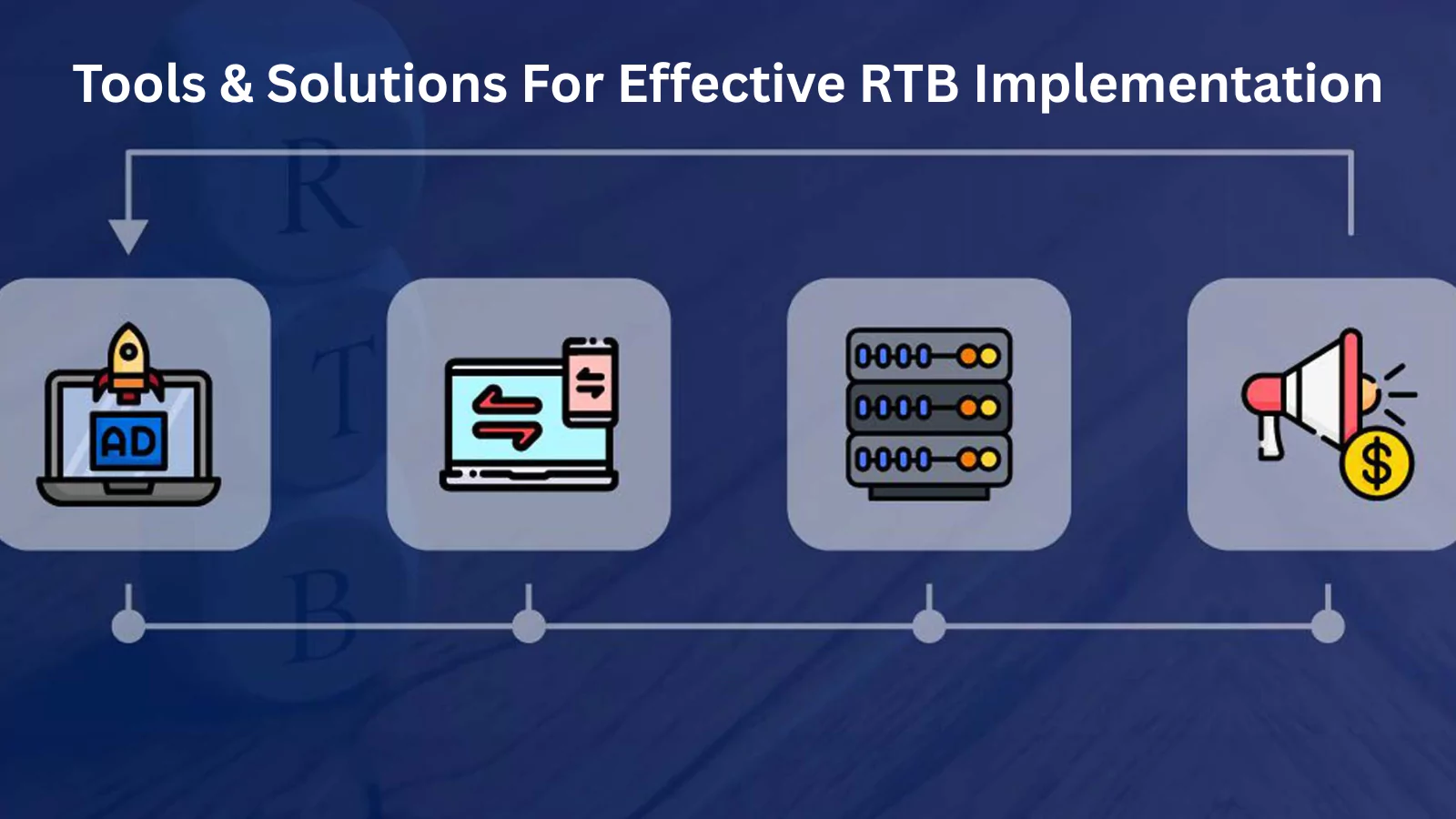 The growing impact of RTB in advertising owes much to tools that simplify complex bidding processes. These platforms turn data and automation into actionable strategy, making RTB marketing more accessible for advertisers at every level.
The growing impact of RTB in advertising owes much to tools that simplify complex bidding processes. These platforms turn data and automation into actionable strategy, making RTB marketing more accessible for advertisers at every level.
Features like audience tracking, competitor analysis, and real-time bidding dashboards help marketers refine their campaigns efficiently. Many also include an ad spy tool to monitor trends and adapt quickly.
Among these, PowerAdSpy stands out for combining ad intelligence with practical RTB functions, making it easier to align strategy with performance.
PowerAdSpy: AI Powered Ads Spy Tool
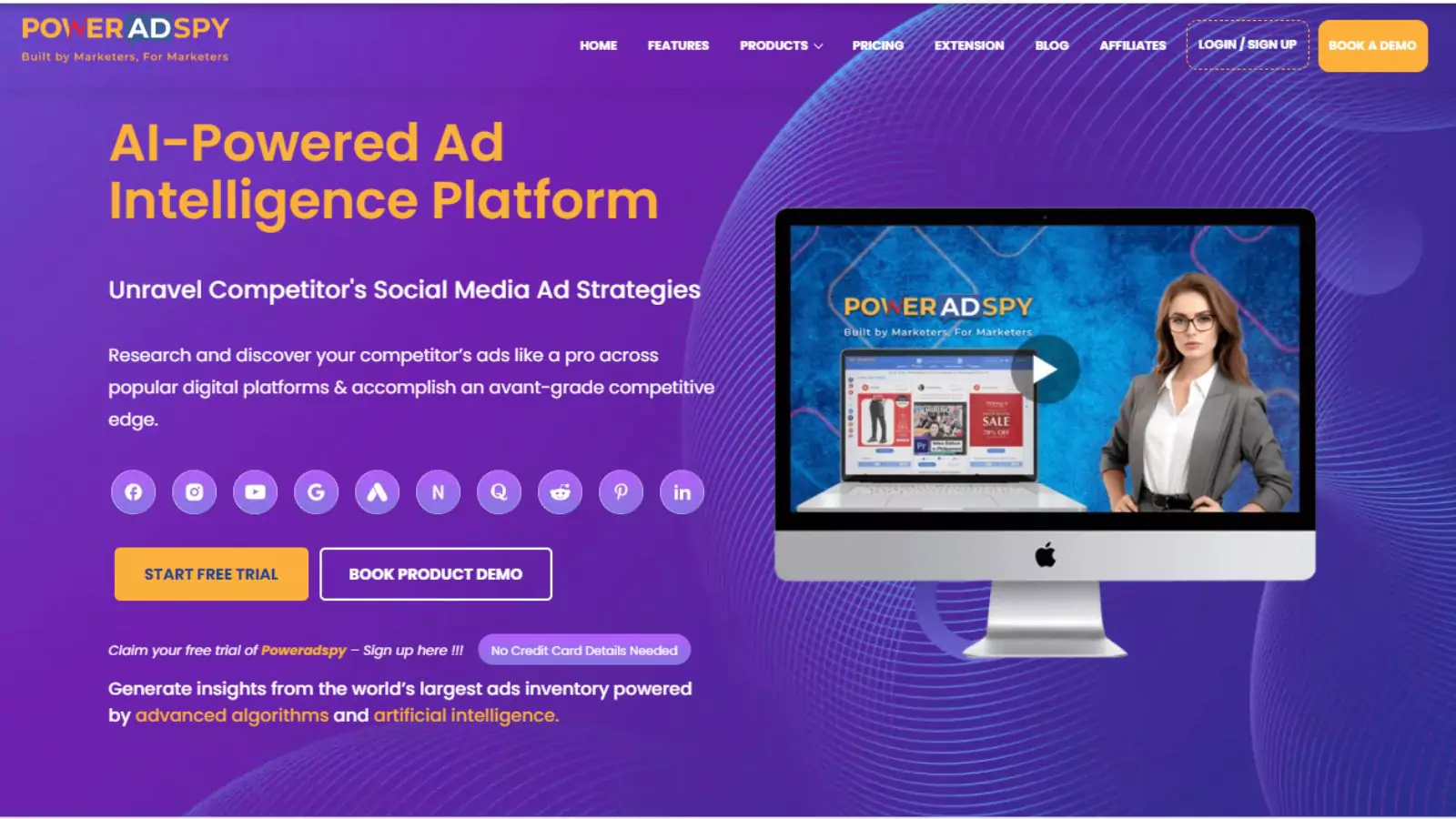 Understanding RTB’s meaning is one thing, but executing a winning campaign is another. This is where PowerAdSpy bridges the gap between strategy and performance. As an advanced ad intelligence software, PowerAdSpy equips marketers with the tools they need to make the most of RTB advertising.
Understanding RTB’s meaning is one thing, but executing a winning campaign is another. This is where PowerAdSpy bridges the gap between strategy and performance. As an advanced ad intelligence software, PowerAdSpy equips marketers with the tools they need to make the most of RTB advertising.
Key Features That Support Smarter RTB Marketing:
- Competitor Insights: PowerAdSpy functions as an effective ad spy tool, showing you what’s working for others in your industry. This allows you to spot high-performing creatives, formats, and placement trends, all in one place.
- Data-Driven Decisions: With deep analytics and real-time performance tracking, you gain actionable insights that make RTB meaning marketing far more practical. Instead of guessing, your campaign choices are backed by reliable data.
- Cross-Platform Coverage: Whether you’re targeting audiences through desktop, mobile, or CTV, PowerAdSpy lets you analyze and adapt campaigns across all major platforms—helping you maintain consistency and scale effectively.
- Budget Optimization: PowerAdSpy helps you identify where your ads are showing and why they’re performing. This insight is essential for fine-tuning your bidding strategy and achieving the most value per impression.
For those wondering what RTB in marketing is or, more importantly, how to actually implement it, PowerAdSpy offers a clear, actionable path. It’s not just about watching trends; it’s about leading them.
In the next section, we’ll explore how understanding RTB’s meaning can help you take full control of your ad spending without sacrificing campaign quality.
Launching Your RTB Campaign: A Step-by-Step Plan
Getting started with RTB marketing may seem overwhelming at first, but breaking it down into manageable steps makes it far more approachable—even for first-timers. Whether you are new to RTB advertising or looking to sharpen your existing strategy, this step-by-step guide will help set the stage for successful programmatic campaigns.
1. Choose A Reliable DSP
The first step in launching an RTB campaign is selecting a dependable Demand-Side Platform (DSP). These platforms act as your control center, helping you access ad inventory and manage bids. Tools like PowerAdSpy simplify this process by combining user-friendly dashboards with powerful ad intelligence features. It ensures that every impression you bid on aligns with your campaign’s goals and audience profile.
2. Define Your Audience
Next, pinpoint the exact audience you want to reach. Most DSPs allow advanced targeting based on demographics, geolocation, interests, device types, and browsing behavior. The more detailed your audience parameters, the more precise your ad delivery will be. This is where understanding RTB meaning starts to pay off—it’s all about reaching the right user at the right time with the right message.
3. Set Campaign Budgets And Bid Strategy
Budgeting is a crucial part of campaign planning. Start by setting a daily or lifetime cap to control spending and prevent budget burnout. Choose a manual or automated bid strategy to maximize your return on each impression. Knowing what RTB meaning is also helps here, as real-time bidding relies on rapid decisions to optimize budget distribution.
4. Monitor Performance And Optimize
Once your campaign is live, the work isn’t over. Use real-time analytics to monitor impressions, clicks, and conversions. Adjust your creative, refine your bids, or tweak your targeting based on what’s performing best. With tools like PowerAdSpy, you can also keep an eye on competitor strategies to stay a step ahead. With these steps, even beginners can execute a smart and scalable RTB campaign.
Read More:
New Technology Ads: 5 Emerging Advertising Trends You Need to Know
Latest Trends In Real-Time Bidding (RTB)
Real-time bidding is evolving fast, shaped by privacy regulations, AI innovations, and changing user behavior. Advertisers who stay aligned with these trends are better equipped to maintain ROI and audience reach.
1. AI-Powered Bidding Strategies
Artificial intelligence is now driving much of RTB decision-making. AI models analyze vast datasets to predict the likelihood of conversion—adjusting bids automatically based on factors like time of day, user behavior, and past campaign performance.
Why It Matters:
AI reduces manual guesswork, improves bidding accuracy, and enhances budget efficiency. Many advertisers are now using AI-enabled demand-side platforms to scale smarter without increasing spend.
2. Rise of Contextual RTB
With growing restrictions on third-party cookies, contextual targeting is gaining momentum. Instead of relying on user data, contextual RTB places ads based on the content of the page—ensuring relevance without invading privacy.
Example:
An athletic brand’s ad may appear next to a fitness article rather than targeting users based on previous web activity.
Benefit:
Higher relevance without regulatory risk. It also boosts brand safety by allowing advertisers to avoid certain page categories.
3. Preparing for the Cookie-less Future
Google’s phasing out of third-party cookies has major implications for real-time bidding. Advertisers are exploring alternative signals like:
-
First-party data (from CRM or site analytics)
-
Federated learning of cohorts (FLoC) and Topics API
-
Universal IDs and clean rooms
The Shift:
Bidding strategies are becoming more data-responsible, with a strong emphasis on transparency and consent-driven targeting.
Pro Tip:
Advertisers are increasingly using a Google ads spy tool to observe how competitors are adapting their RTB campaigns in a cookie-less environment—giving them insights into messaging, targeting, and frequency strategies.
Conclusion
Marketers need to look beyond traditional advertising models—and that’s where understanding RTB meaning becomes crucial. Real-time bidding empowers advertisers with the ability to target the right audience, at the right time, with the right message. It’s no longer just about placing ads—it’s about precision, speed, and strategic bidding backed by real-time data.
As we’ve discussed, RTB meaning goes far deeper than just an acronym; it represents a shift toward smarter, more efficient ad buying that aligns perfectly with consumer behavior and evolving market demands. From optimizing ad spending to increasing click-through rates, RTB offers clear advantages for those ready to embrace automation and data-driven decisions.
Whether you’re a seasoned digital marketer or just exploring programmatic advertising, grasping the full RTB meaning can redefine how you approach your campaigns. With platforms like PowerAdSpy providing deeper insight into competitors’ strategies and ad performance, you’re better equipped to leverage real-time bidding to its fullest potential—achieving better results while staying ahead of the curve.
FAQs About RTB Meaning And Digital Advertising
- What types of ads can be bought using RTB?
RTB is commonly used for display ads, video ads, mobile ads, and even some audio formats. It enables advertisers to target users across various platforms like websites, apps, and streaming services.
- Is RTB only for large-scale advertisers or can small businesses benefit too?
Small businesses can benefit from RTB, especially with the help of demand-side platforms (DSPs) that offer budget-friendly campaign controls, audience targeting, and performance tracking.
- What’s the difference between RTB and programmatic direct?
While RTB is a type of programmatic buying through real-time auctions, programmatic direct involves pre-negotiated deals between advertisers and publishers without bidding, ensuring fixed pricing and guaranteed ad placements.
- How does RTB affect ad viewability and fraud risk?
RTB can improve viewability by targeting users more precisely, but it also opens the door to potential fraud. That’s why using verified DSPs and fraud detection tools is essential for maintaining ad quality.
- Are there privacy concerns with RTB targeting methods?
Yes, RTB relies on data tracking to serve relevant ads, which has raised privacy concerns. Many platforms are adopting privacy-focused solutions like contextual targeting and first-party data use in response to tighter regulations.

